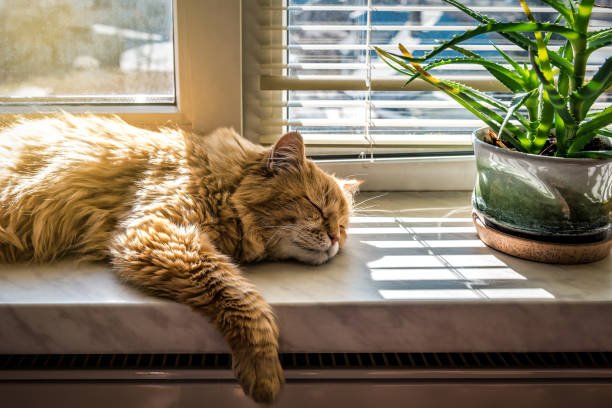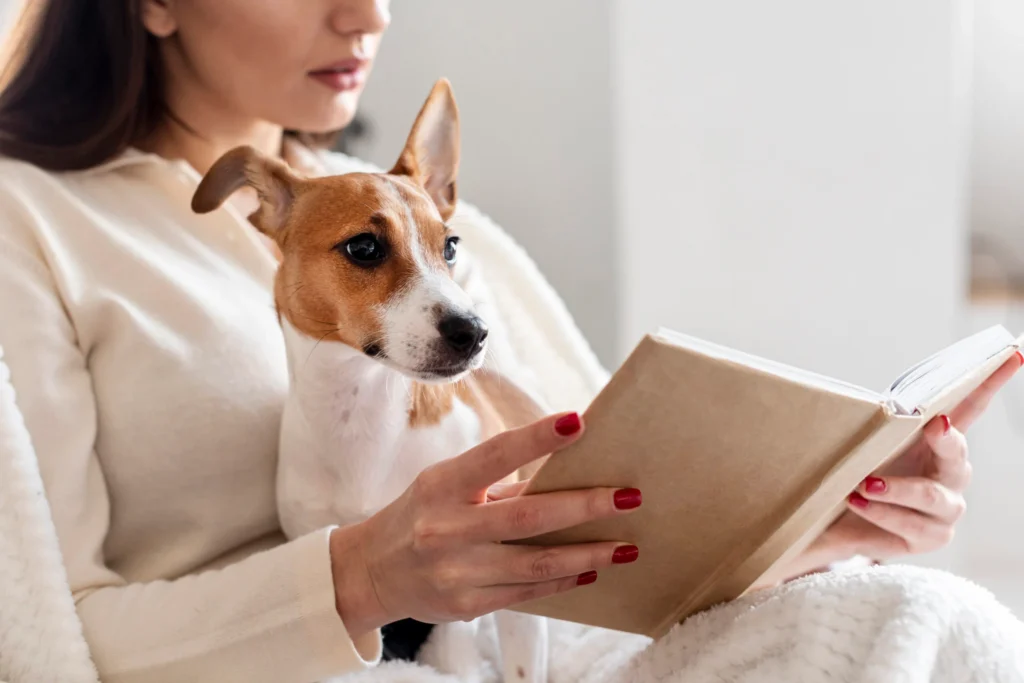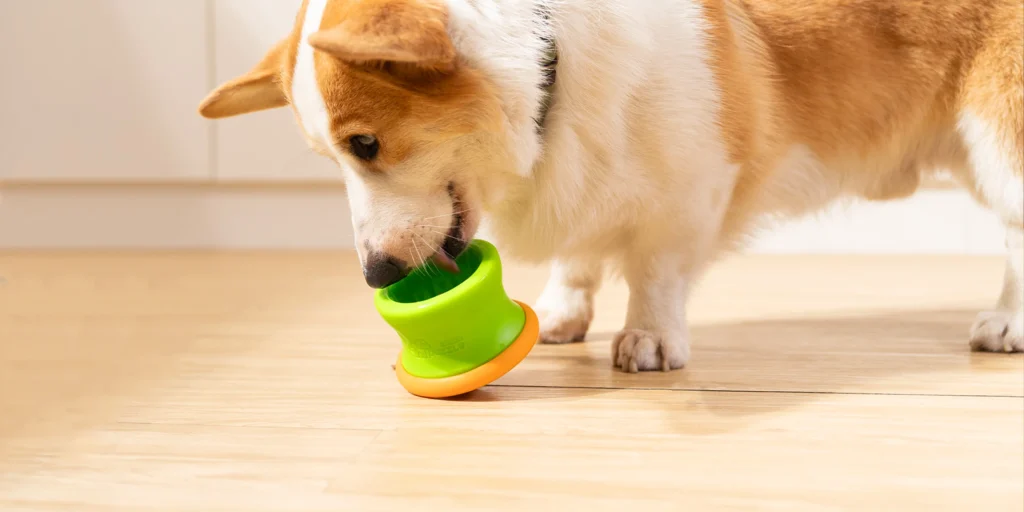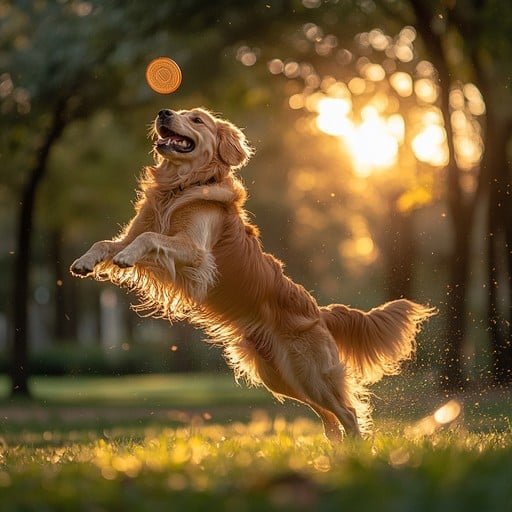Every pet thrives on consistency and feeling understood. A thoughtful daily routine enhances their health, behavior, and your bond. Let’s explore how to craft a schedule your furry, feathery, or scaly friend will adore—plus smart tips, sample routines, and visual ideas.
1. Why Daily Routines Matter
- Predictability = Calm: A structured day reduces anxiety (especially for sensitive pets).
- Behavioral benefits: Regular bathroom, play, and meal schedules reduce accidents and destructive behavior.
- Overall wellness: Consistent exercise, sleep, and stimulation support mental and physical health.
2. Know Your Pet’s Natural Rhythm
Describe the typical energy cycles for dogs (“early morning walks” vs “midday naps”), cats (“active twilight hours”), and small pets (“nocturnal hamsters” vs daytime rabbits).
Tip: Spend a couple of days observing and noting their energy peaks.

3. Building Blocks of a Balanced Day
A. Nutrition & Mealtimes
- Establish consistent feeding windows.
- Adjust for kibble schedules or free-feeding.
- Manage treats as “mini‑meals”—make them purposeful for training or bonding.
B. Exercise & Playtime
- Dogs: Walks, fetch, brain games.
- Cats: Wand toys, laser chases, box jumps.
- Small pets: Cage time, floor ‘ranch play’, climbing frames.
C. Training & Mental Stimulation
- Use 5‑10 minute training moments—teach tricks or commands.
- Enrichment toys, scent games, or puzzle feeders help pass idle time.
D. Quiet & Rest
- Provide guaranteed nap times in cozy spots.
- Keep the sleep area consistent (like a crate or hidden bed).
E. Bonding & Connection
- Scalp scratch sessions, grooming, lap time, or simply side-by-side TV time can deepen your relationship.
4. Sample Routines by Pet Type
Provide bullet schedules for:
- Dog: Early walk + breakfast → midday nap + chew toy → evening play + dinner → bedtime ritual.
- Cat: Sunrise toy session → breakfast → break + perch time → lunch nibble → active hour at dusk → bedtime cuddle.
- Rabbit: Morning forage + fresh hay → daytime floor roam → evening play → curled-up sleep under cover.

5. Tips for Sticking to the Routine
- Start gradually—shift one piece at a time.
- Use cues (like jingling a food tin) to signal transitions.
- Stay consistent—weekend sleep-ins can confuse pets.
- Track their behavior: journals, apps, or photos help you notice progress and adjust routines.

6. Troubleshooting Common Hurdles
- Skipping meals? Experiment with feeding times or mealtime puzzles.
- Excess energy at night? Add a vigorous evening play session.
- Anxiety or clinginess? Incorporate calming activities like massage, puzzle toys, or relaxing playlists.
- Adapting to change? Maintain core mealtimes and connection activities, even while traveling.
7. Using Technology and Tools Thoughtfully
- Automatic feed dispensers keep meals consistent.
- Puzzle feeders slow fast eaters and stimulate minds.
- Pet cams help monitor and comfort anxious pets—or when you’re away.

8. Tracking Progress & Adjusting the Plan
- Use simple weekly charts: note mood, bathroom habits, energy levels.
- Adjust based on age, health changes, seasons, or family schedules.
- Celebrate progress—reward your pet with praise, treats, or fun play!
9. Real-Life Routine Samples
Include 1–2 mini-profiles:
- Bella the Golden’s busy-owner routine
- Whiskers the indoor cat’s crepuscular schedule

10. Final Thoughts: Routine with Love
A good routine is more than a schedule—it’s a message of care. When your pet knows what to expect, they can relax deeply, thrive emotionally, and grow through structure. Share your routine wins in the PetHouseTop1 community!

